When the sun blazes overhead and humidity clings to the air like a second skin, few beverages or desserts rival the cooling embrace of chilled mung bean soup. This humble yet profoundly satisfying dish, rooted in Asian culinary traditions, has been a staple in households across China, Vietnam, Thailand, and beyond for centuries. Often dubbed “green bean soup” in English-speaking contexts, this recipe transforms simple ingredients into a velvety, subtly sweet elixir that quenches thirst, soothes the soul, and nourishes the body.
But what exactly is mung bean soup, and why has it endured as a summer essential? At its core, it is a blend of split or whole mung beans simmered until tender, sweetened to taste, and chilled to create a thick, porridge-like consistency or a thinner, drinkable texture. Some variations incorporate ingredients like coconut milk, pandan leaves, or tapioca pearls, while others keep it minimalist to highlight the beans’ earthy flavor. Regardless of the tweaks, the result is a dish that balances simplicity with depth, making it equally at home as a breakfast bowl, afternoon snack, or dessert.
This article will guide you through crafting a classic chilled mung bean soup from scratch, complete with tips for customization, troubleshooting common pitfalls, and insights into its cultural significance. By the end, you’ll possess a recipe that not only beats the heat but also connects you to a tradition spanning generations.

Ingredients & Equipment: The Foundation of Flavor
Before diving into the cooking process, gather your ingredients. Mung beans, the star of the show, are small, oval-shaped legumes with a vibrant green hue. They are widely available in Asian grocery stores, health food markets, or online. Opt for whole beans rather than split ones if possible, as they retain their shape better during cooking and offer a pleasing texture.
For 4–6 servings:
- 1 cup (200g) dried mung beans
- 6 cups (1.4 liters) water (plus extra for soaking)
- ⅓–½ cup (65–100g) granulated sugar (adjust to taste)
- ¼ teaspoon salt (optional, to balance sweetness)
- Optional additions:
- 1 tablespoon fresh lemon juice (for brightness)
- ¼ cup coconut milk (for richness)
- 1 pandan leaf (knotted, for aromatic flavor)
- 2 tablespoons small tapioca pearls (cooked separately)
Equipment Needed:
- Fine-mesh sieve or colander (for rinsing beans)
- Large bowl (for soaking)
- Heavy-bottomed pot or saucepan (at least 3-quart capacity)
- Wooden spoon or silicone spatula
- Blender or immersion blender (optional, for smoother texture)
- Heatproof container (for chilling)
Step 1: Preparing the Mung Beans
Rinse and Sort:
Place the mung beans in a fine-mesh sieve and rinse them under cool running water. Gently agitate the beans with your fingers to remove any dust or debris. Inspect the beans for small stones or damaged pieces—a rare occurrence but worth checking.
Soak (Optional but Recommended):
While soaking isn’t strictly necessary, it reduces cooking time and ensures even tenderness. Cover the beans with 2–3 inches of water in a bowl and let them soak for at least 2 hours, or overnight in the refrigerator. Drain thoroughly before cooking.
Step 2: Cooking the Beans
Simmer Gently:
Transfer the soaked (or unsoaked) beans to a heavy-bottomed pot. Add 6 cups of water and bring to a boil over medium-high heat. Once boiling, reduce the heat to low, cover partially, and simmer. Stir occasionally to prevent sticking.
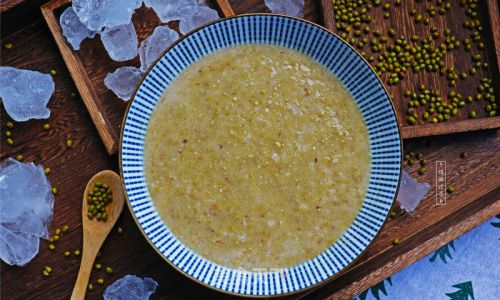
- Soaked beans: Simmer for 20–30 minutes.
- Unsoaked beans: Simmer for 40–50 minutes.
The beans are ready when they are tender enough to mash between your fingers but still hold their shape. Avoid overcooking, as they may become mushy.
Enhance with Aromatics (Optional):
For depth of flavor, add a knotted pandan leaf or a strip of lemon zest during the last 10 minutes of cooking. These ingredients impart a subtle fragrance without overpowering the beans.
Step 3: Sweetening and Seasoning
Add Sugar:
Once the beans are tender, stir in the sugar. Start with ⅓ cup and adjust to taste. The amount needed depends on the beans’ natural sweetness and your preference.
Balance with Salt:
A pinch of salt (¼ teaspoon) elevates the sweetness and rounds out the flavor. Skip this step if using salted additions like coconut milk.
Adjust Consistency:
If the soup is too thick, add ¼–½ cup of water and simmer for another 5 minutes. For a thinner consistency, blend part or all of the mixture (see Step 4).
Step 4: Blending (Optional)
For a smoother texture, use an immersion blender to purée part of the soup, leaving some beans intact for texture. Alternatively, transfer half the mixture to a blender, blend until smooth, and return it to the pot. This creates a luxurious, creamy base.

Step 5: Chilling and Serving
Cool Completely:
Remove the pot from heat and let the soup cool to room temperature. Transfer it to a heatproof container and refrigerate for at least 4 hours, or until thoroughly chilled.
Add Final Touches:
Before serving, stir in lemon juice for a tangy kick or swirl in coconut milk for tropical richness. If using tapioca pearls, cook them according to package instructions, rinse under cold water, and stir them into the chilled soup.
Garnish and Enjoy:
Ladle the chilled mung bean soup into bowls or glasses. Top with toasted sesame seeds, chopped nuts, fresh mint, or a drizzle of honey. Serve with a straw and spoon to savor every last drop.
Troubleshooting & Tips for Success
My beans aren’t softening!
- Older beans may take longer to cook. Add ½ cup water and simmer longer.
- Acidic ingredients like lemon juice can toughen beans if added too early. Add them after cooking.
The soup is too sweet/bland.
- Balance sweetness with a squeeze of lime or a pinch of salt.
- For depth, stir in a splash of vanilla extract or a knob of fresh ginger during cooking.
Can I make this vegan?
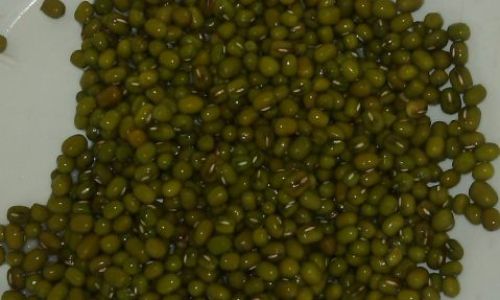
- Absolutely! Use coconut sugar, agave, or maple syrup instead of granulated sugar. Omit dairy-based additions like milk.
How long does it keep?
- Store in an airtight container for up to 5 days. The flavor deepens over time.
Cultural Significance and Health Benefits
Mung bean soup’s popularity extends beyond its refreshing taste. In traditional Chinese medicine, mung beans are believed to “clear heat” and detoxify the body, making them a summer staple. They’re also rich in protein, fiber, and antioxidants, offering a nutritional boost without heaviness.
In Vietnam, chè đậu xanh (sweet mung bean soup) is often served with coconut milk and crushed ice, while in Thailand, look chob naem includes jelly-like mung bean starch. This adaptability underscores the dish’s universal appeal.
Creative Variations to Explore
- Mango-Mung Bean Parfait: Layer chilled soup with diced mango and whipped coconut cream.
- Spicy Twist: Add a pinch of chili flakes or a slice of fresh ginger during cooking.
- Herbal Infusion: Steep a tea bag of chamomile or mint in the soup while chilling.
Conclusion: A Timeless Treat for Modern Kitchens
Chilled mung bean soup is more than a recipe—it’s a bridge between tradition and innovation, simplicity and complexity. Whether you’re seeking respite from sweltering heat or a nostalgic taste of home, this dish delivers. Experiment with textures, sweeteners, and toppings to make it your own. After all, the best recipes are those that evolve with each kitchen and each cook. So, the next time the mercury rises, let this ancient remedy cool your body and warm your heart. Happy cooking!
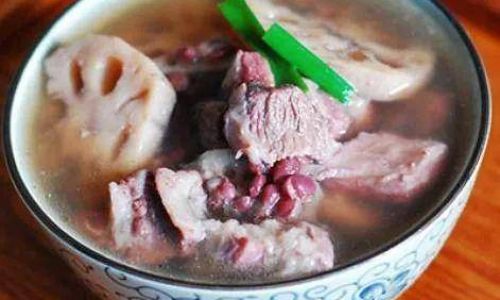
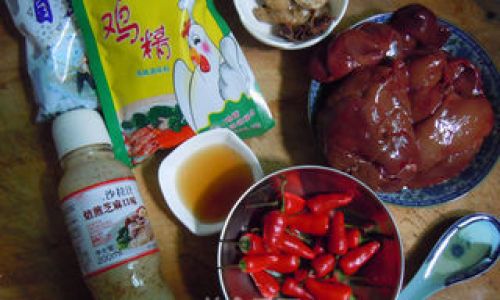
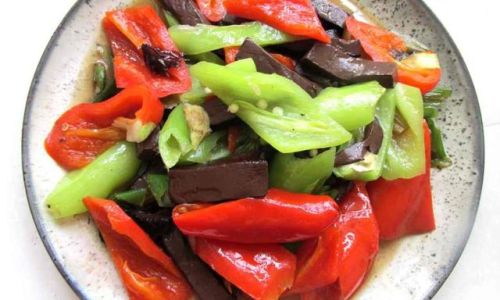
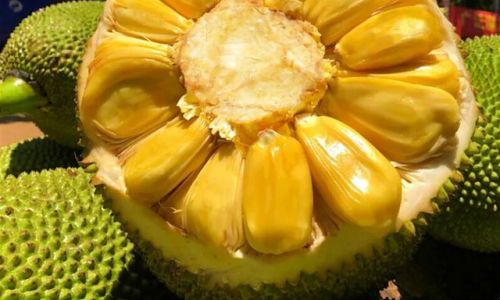
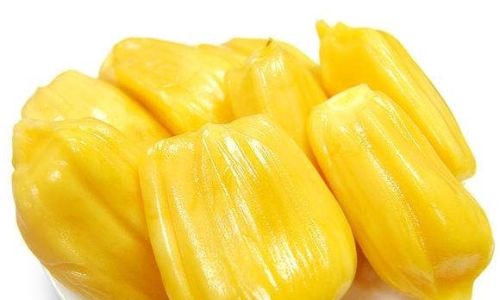
0 comments